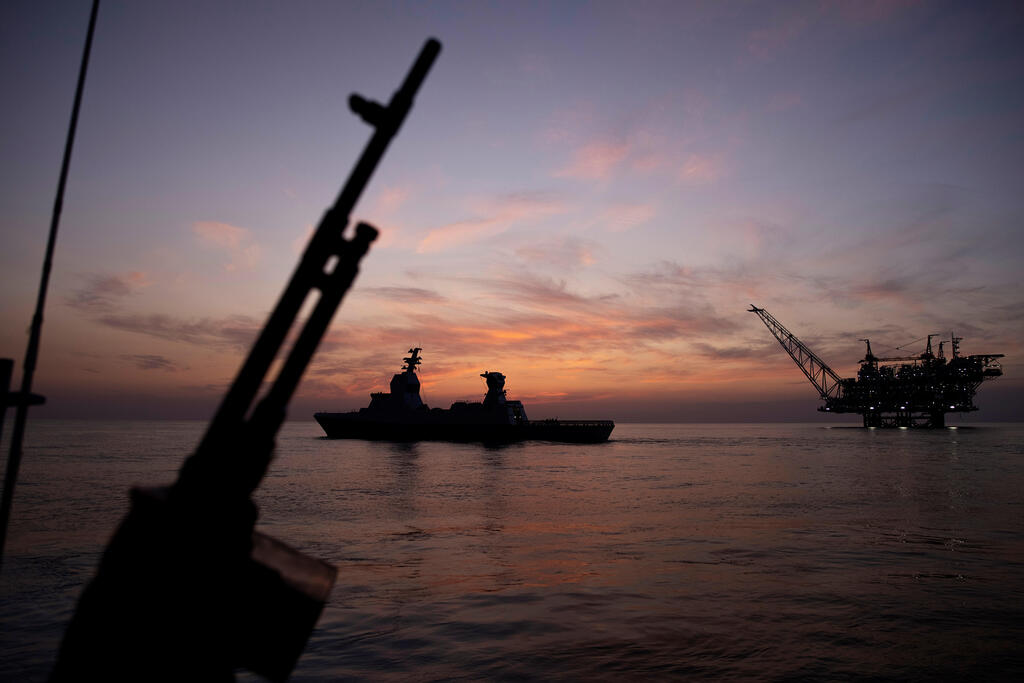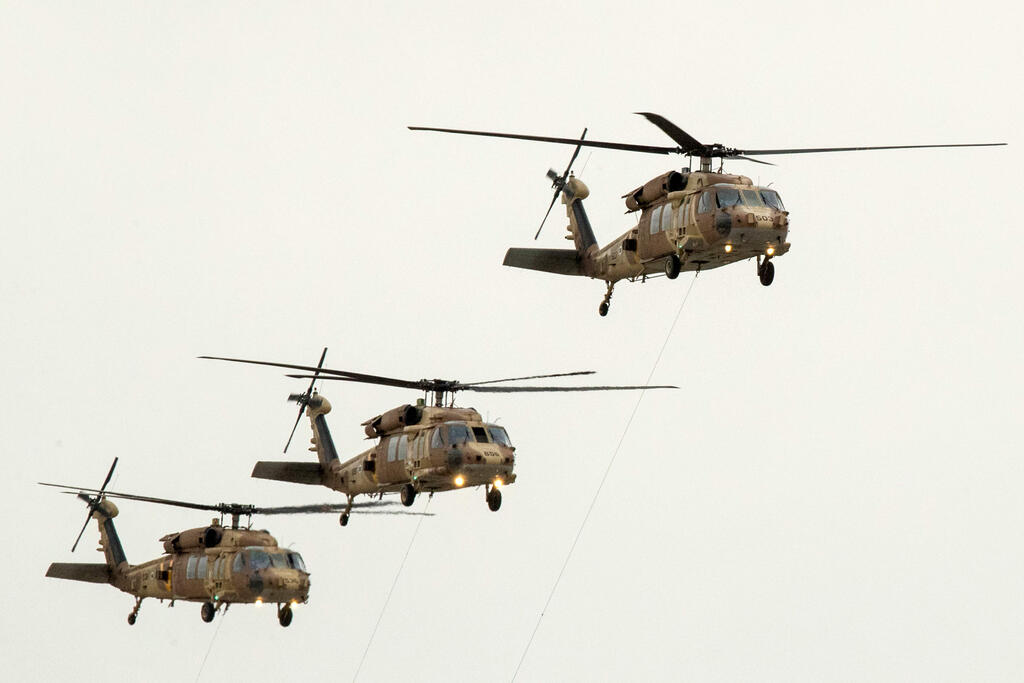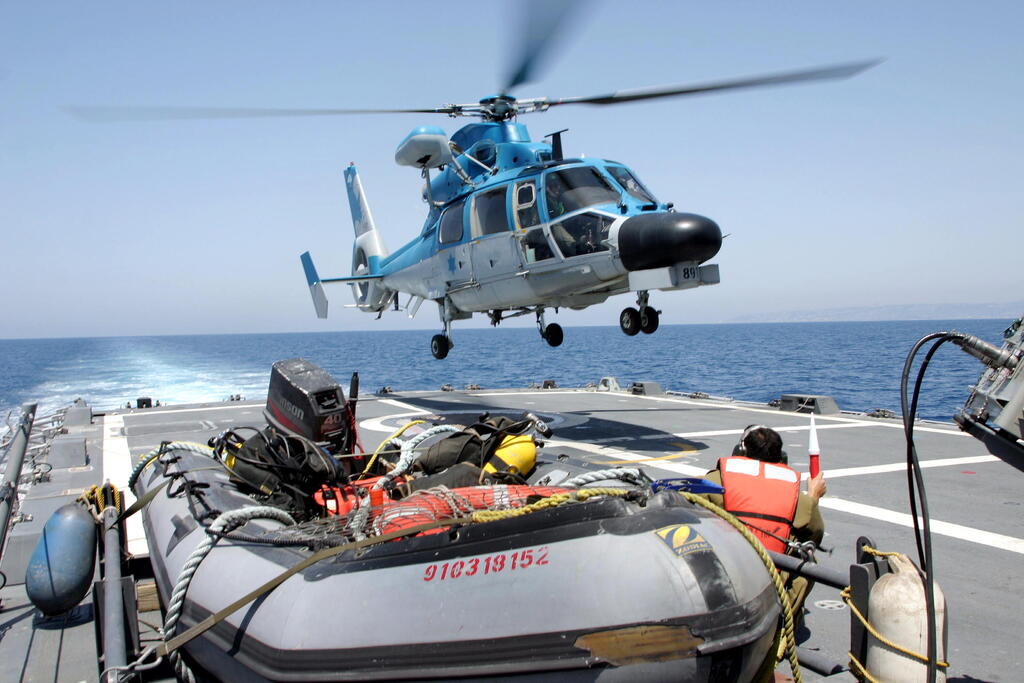Something very rotten is going on within the project management departments of the Defense Ministry and the IDF, especially when it comes to acquisitions of foreign equipment.
This is the case with the Dolphin 2-class submarines, the Sa'ar 6-class corvettes, the new Sikorsky CH-53K King Stallion helicopters, the aerial refueling aircraft, and now, with the purchase of several new maritime choppers - which has been dragging on for nearly six years with no end in sight.
While the Planning Directorate's array of graphs, charts and documents may show that everything is organized down to the smallest screw, reality tells a very different story.
There is no doubt that some of these purchases will end up one day under an inquiry panel, while others - worth hundreds of millions of dollars - will get lost within the Defense Ministry's account books to never see the light of day.
One of these hidden secrets is how much the new marine helicopter deal deviated from the original budget allocated for the purchase. Apparently, it is in the tens and possibly hundreds of millions of dollars, but the Defense Ministry stays mum. Maybe out of shame.
This year was set to see the launch of the new Sikorsky SH-60 Seahawks, which were destined to replace the now outdated Eurocopter AS565 Panthers.
According to the ministry, the new copters are set to arrive in 2024, with a launch date of 2025, but as things now stand, these dates appear to be nothing but a suggestion.
The treatment of the new naval helicopter actually began on the right foot. The Air Force caught up early enough on the aging of the Eurocopters during the previous decade and an alternative was agreed upon - used Sea Hawk helicopters that had gone out of service in the U.S. Navy.
Purchasing experts at the Defense Ministry even claimed at the time that this was a problematic choice, since these were used helicopters that were no longer being manufactured, their latest model taken off the production line in 1996, with the newest model approaching 30 years old.
Moreover, Spain had made a similar deal with the Americans a few years earlier that had backfired.
And in general, what is important in a naval helicopter is not the platform but the systems on it. Furthermore, the IDF is already using Black Hawk helicopters, which should make it easier when it comes to maintenance. But as always, it's what the Air Force wants that matters at the end.
In 2016, the deal was signed: eight used Seahawk helicopters were purchased, three of which are pre-destined for dismantling to be used for parts, and five will form the operational squadron. It took some more time and a deal was signed with SBS in Alabama to improve the five helicopters.
In the first phase, a renovation will be carried out to bring the helicopter to modern standards (strengthening the structure, renewing mechanical parts, engine, gearbox, etc.) and in the second phase, unique Israeli systems such as an electronic suit, new avionics and probably armament capabilities will be introduced.
But then they discovered the condition of the helicopters was much worse than they originally thought. The renovation took longer, more money was spent, and now we reach 2022 with only two of the helicopters improved enough for flight. The rest are still stuck in the shops.
Moreover, there is no money left for the second phase meant to install Israeli-made systems. Negotiations are currently underway with the American company over price increases to complete the work. But these are only negotiations – with no agreement in sight. Some of the work will have to be carried out in Israel, tenders will have to be issued and this also takes time, making the target date of 2025 even more unrealistic.
Meanwhile, the Eurocaptors continue to age and endanger IDF soldiers, with no one within the top brass even betting an eye. The same Eurocaptor that crashed off the coast of Haifa last week and killed two IDF airmen.
It is not a surprise to anyone that public confidence in the IDF has deteriorated over the past years.




